
I was born in a weatherboard house.
Well, not actually in the house. I was born in the hospital down the road.
The doctor who’d delivered me dropped in on Dad on his way home. They were old army comrades, so the doctor walked straight into the house, into the bedroom and shook Dad awake.
“You have a baby daughter,” he told him.
“That’s good,” said Dad, and went straight back to sleep.
Dad was an excellent sleeper.
Ours was a post-war weatherboard house, almost ground-level at the front and on high stumps at the back. For the first year or so the timber was oiled brown, because there was a paint shortage post-war. My earliest memories are of that house, and I love that simple wooden style still, with the elegance of its horizontal lines of overlapping boards, layered to keep the rain out. No fretwork or iron lace, just some battens, perhaps, or geometrical woodwork trims. It’s how they built through the depression, wartime and post-war years.
As a teenager, my mother lived in Landsborough, in a late nineteenth century timber house. It’s still there, beside the road to Maleny. It has verandahs round three sides, pretty timber fretwork on the many verandah posts, a fancy front door, French doors on to the verandah, and a separate kitchen out the back.
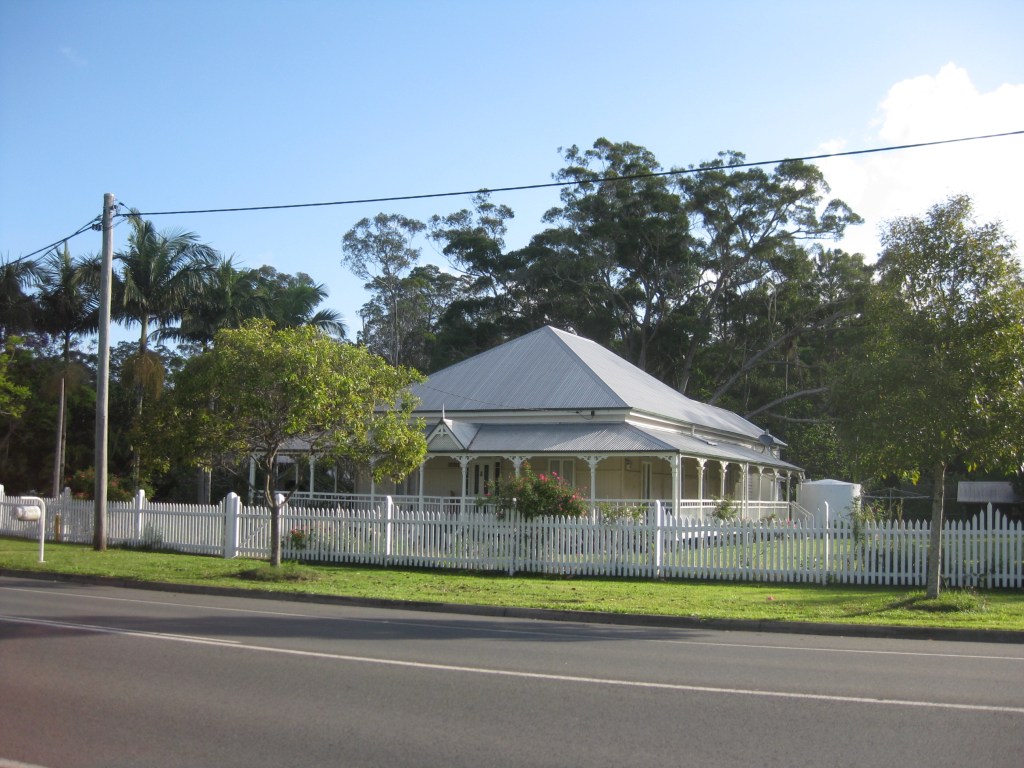
In the vandalistic years of the 1960s and 1970s I mourned for these charming houses as Brisbane bulldozers knocked them down to be replaced by brick six-pack blocks of flats or pretentious mansions.
Now they are valued, for their charm and for their timber. Irreplaceable hardwoods from Queensland forests.
There are mid-twentieth century weatherboard houses by the thousands across Brisbane and the regions, and they have proved their durability.
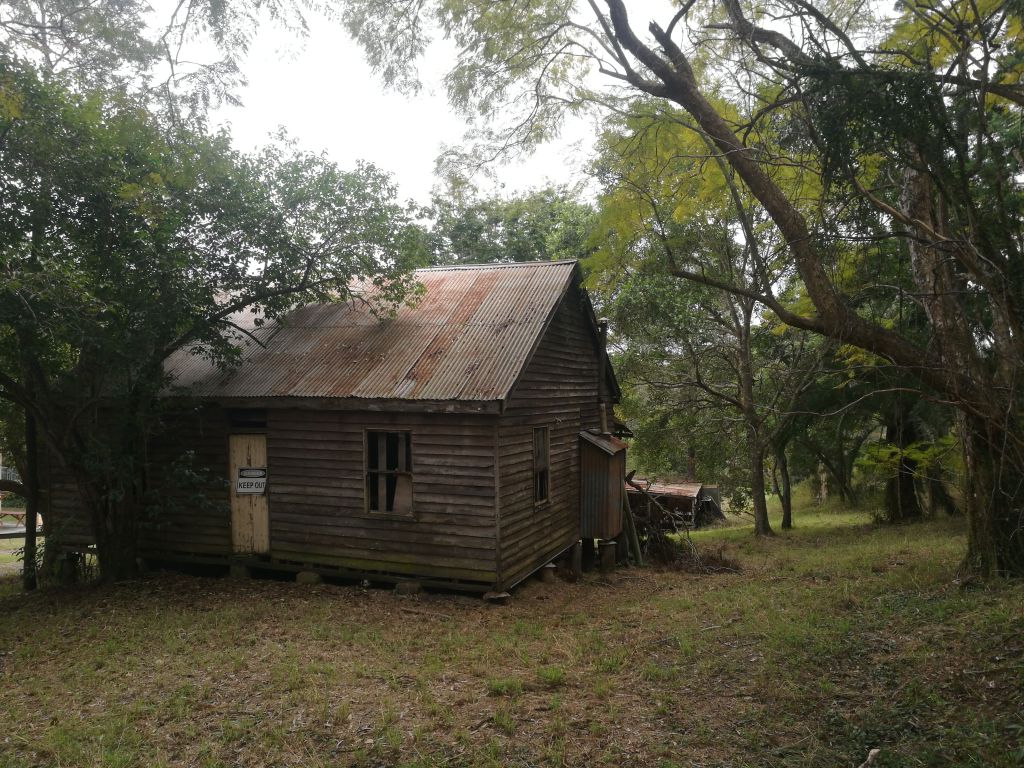
They sprawl across the outer-inner suburbs (or is it inner-outer?) such as Kedron, Holland Park, Moorooka and Tarragindi. Many of them are simple housing commission houses, now valued for their location and for their solid timber construction. In the old streets of Holland Park the street plantings of the period, jacarandas and poinsettias, are now gnarled, shady and beautiful; and young families build cubby houses in huge backyard mango trees.
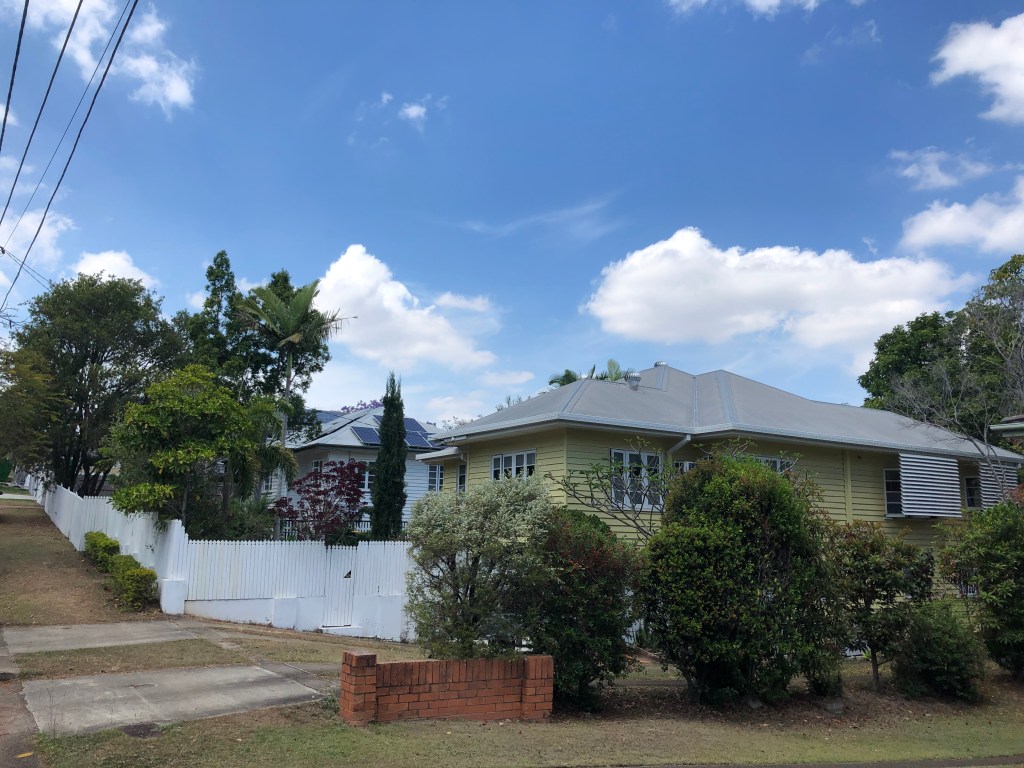
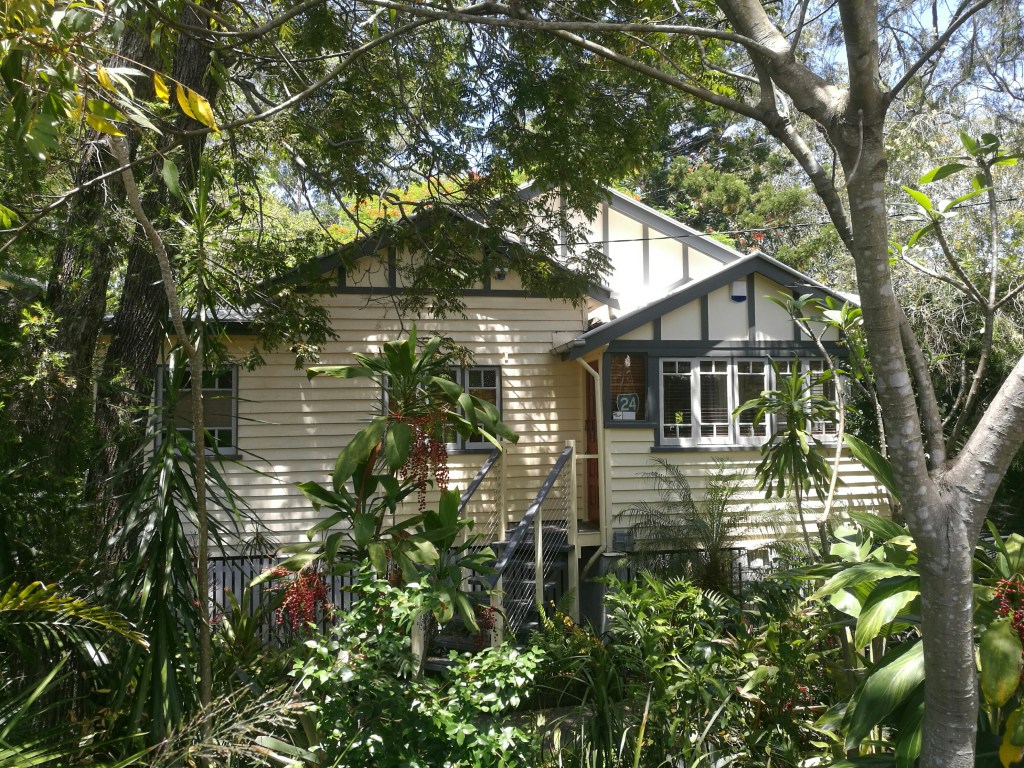
My Dad’s family lived in a 1920s-30s weatherboard beauty in Nambour, with gables, timber arches and a handsome staircase.
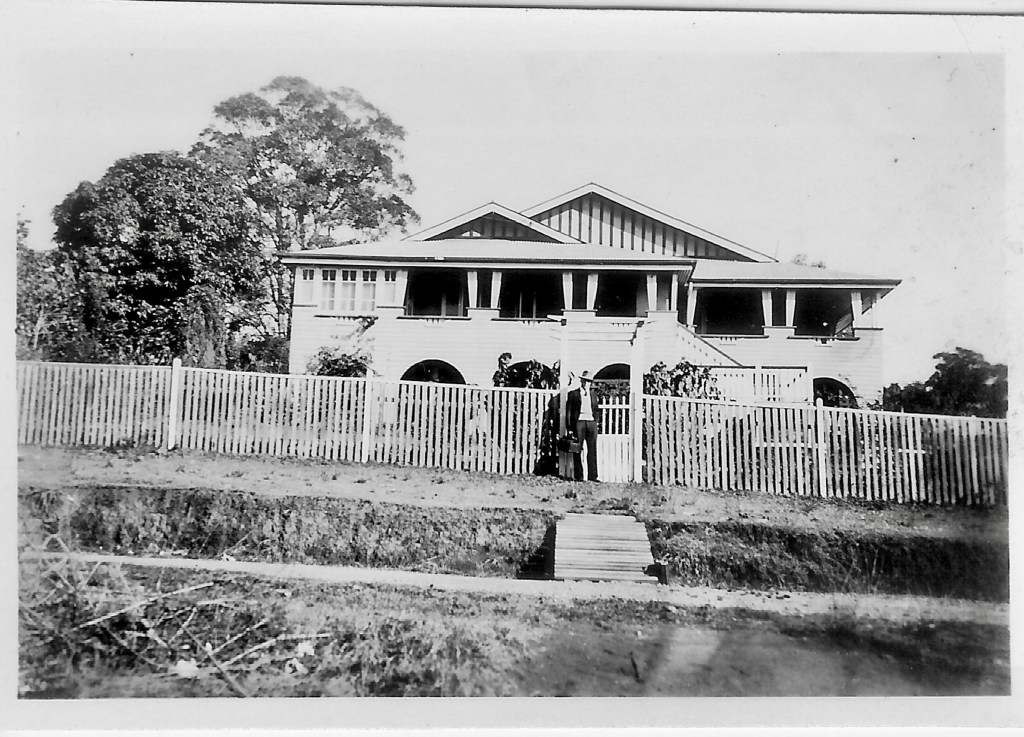
It was sold for removal, years ago. That’s another feature of timber houses: they can be cut up, loaded on a truck, moved to another town and put back together again. I’m always amused when driving through Burpengary at the sight of all the houses perched up on blocks there, ready for sale, just like items in a shop. Many of these houses come from the rapidly developing suburbs of Brisbane, and they’re often moved to subdivisions in nearby regional areas. A tricky business, always undertaken at night when the roads are quiet.
In Woodford, the old school house we’d been living in was sold for removal, to make way for a new administration block for the school.
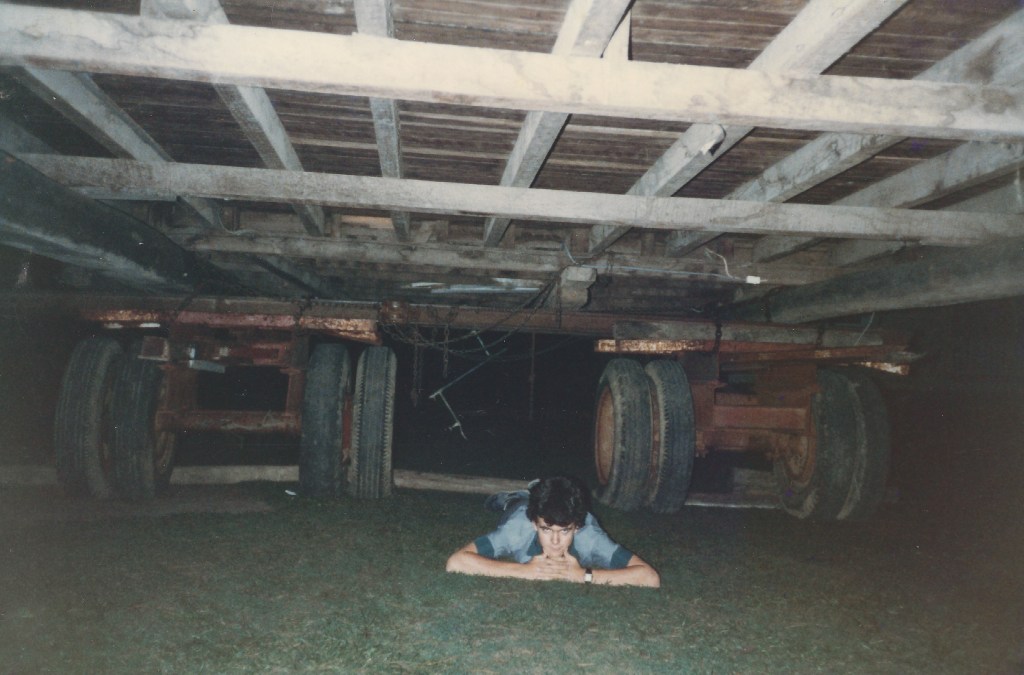
Many grand, two-storied, verandahed country hotels were built of timber, because there was so much hardwood available in Queensland forests early last century. Now it would be impossibly expensive, and the hardwood would probably be imported from Papua New Guinea or Indonesia’s threatened forests.
In Killarney, on the south-eastern Darling Downs, Killarney Hotel is proof of the durability of hardwoods. I spent a couple of nights in that fine old weatherboard building, several years ago, and heard from the publican about all the times that the Condamine River, only a couple of hundred metres behind the hotel, has risen up and flooded it. And yet it stands, still providing beer and beds.
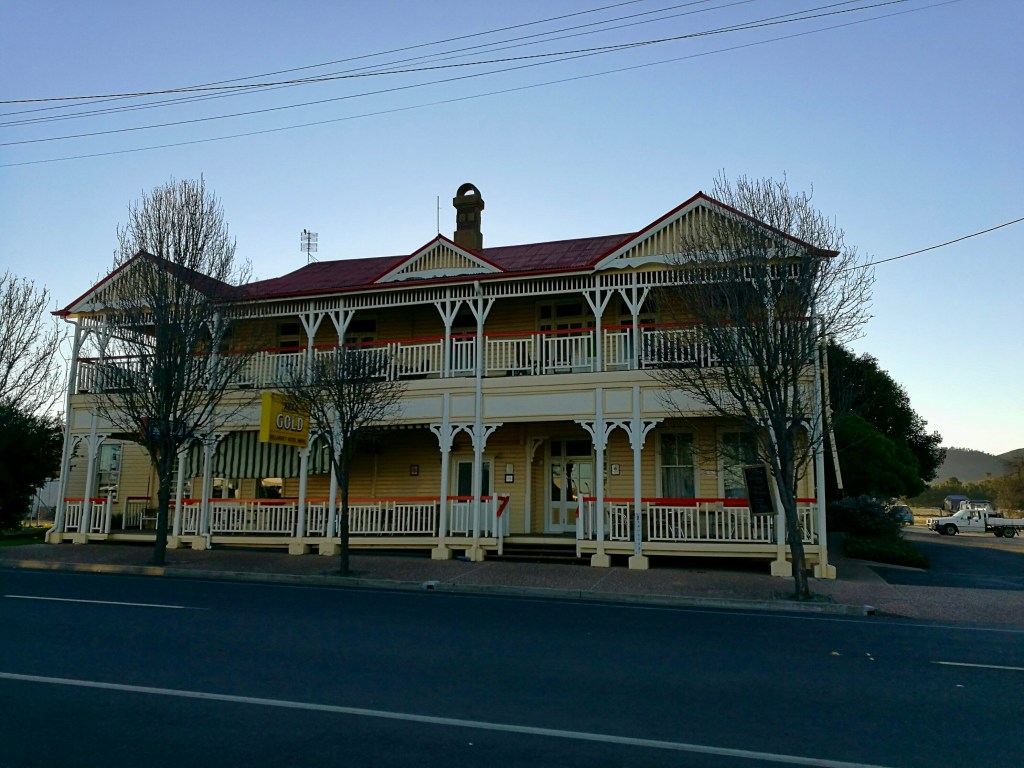
I like the charming timber public buildings in the regions, such as the spectacular Surat Shire Hall, built in 1929; the School of Arts, Mount Morgan, built in 1924 and setting up for early voting when we visited; Ravenswood Courthouse, a tropical-style government building dating from 1884 and now a museum; quaint Sacred Heart Catholic Church in Theodore, dedicated in 1934, that I spotted on a recent road trip down the Leichhardt Highway; the pretty Emerald Railway Station, dating from 1900.
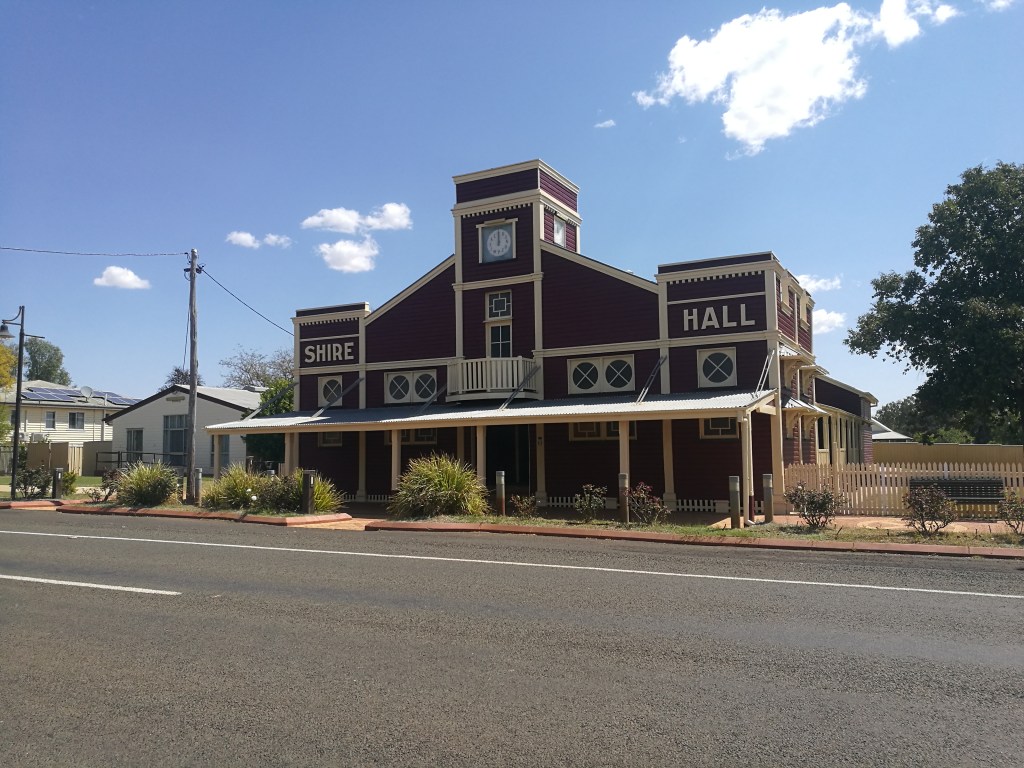
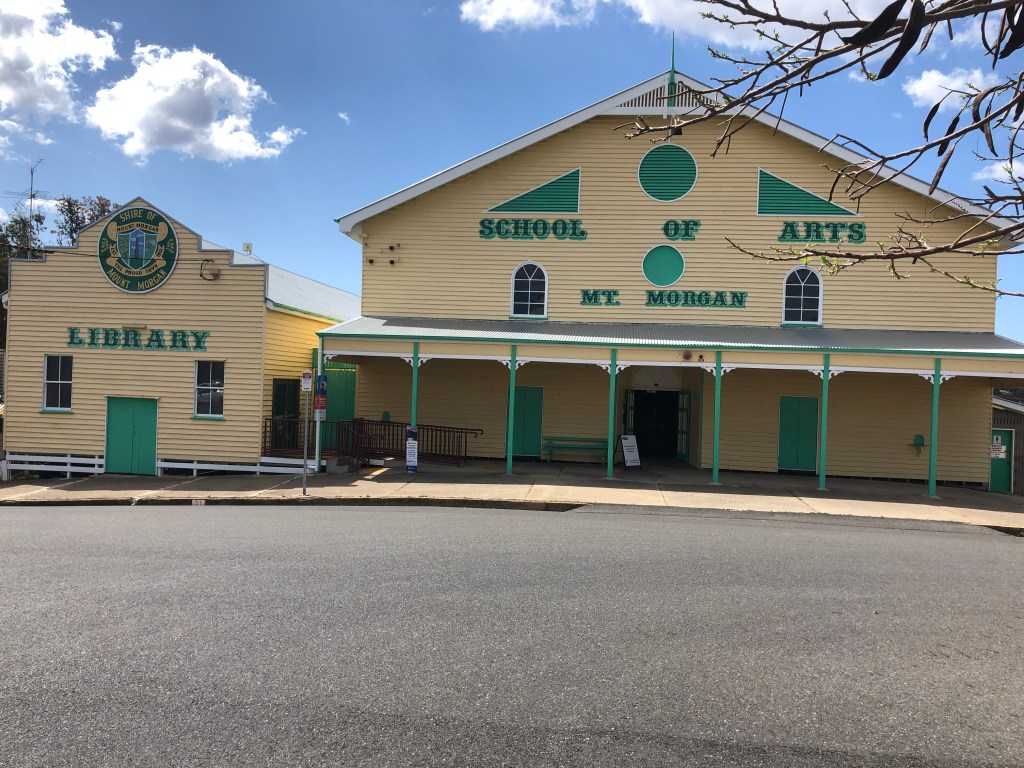
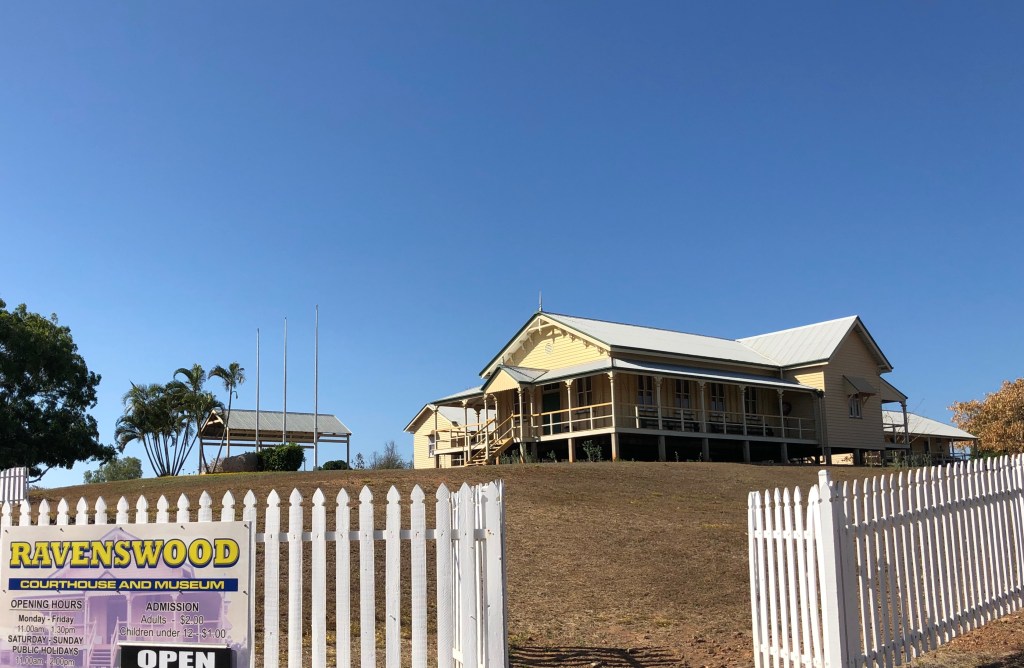
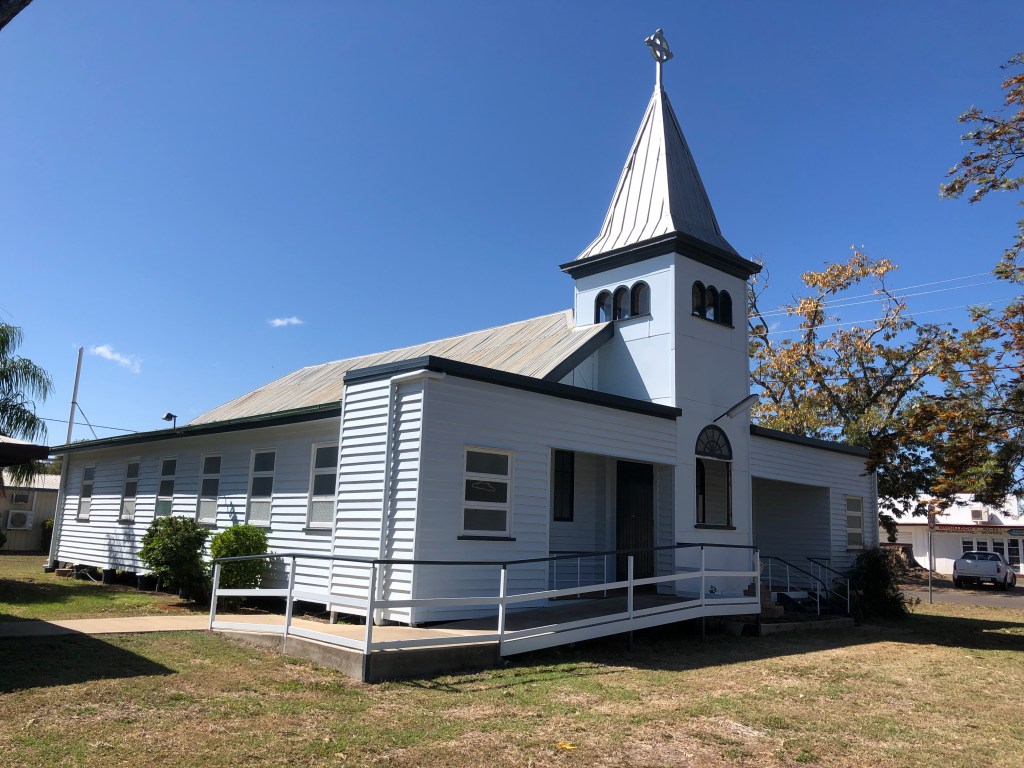
With the distances involved and cost of transport, with economic stress and the problem of termites, in some parts of the state, especially in the tropics, other building materials have been used in preference to timber. Concrete is popular in the north, and so is fibro; and earlier last century, corrugated iron. I’m pleased I haven’t had to spend a summer in a house made of corrugated iron.
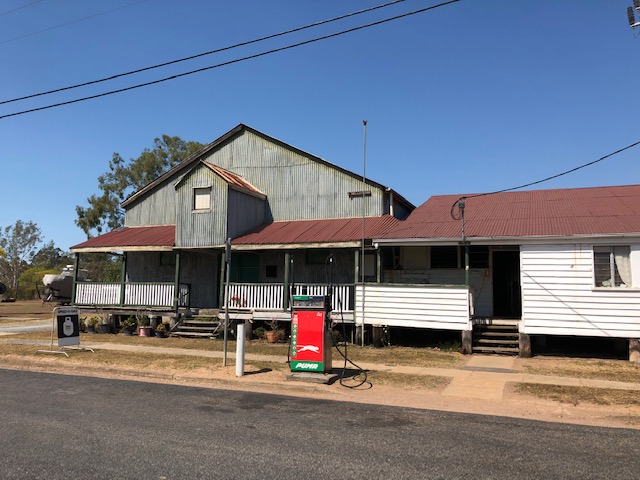
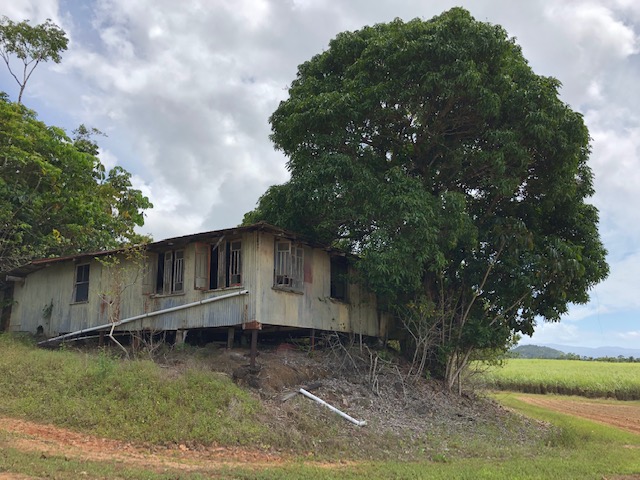
Starting with the Nambour house where I was born, I’ve lived in twelve timber houses, including six school residences dating from the early 1900s to the late 1970s. I now live in a mid-1970s house of brick and weatherboard, so I haven’t gone all that far from my origins.
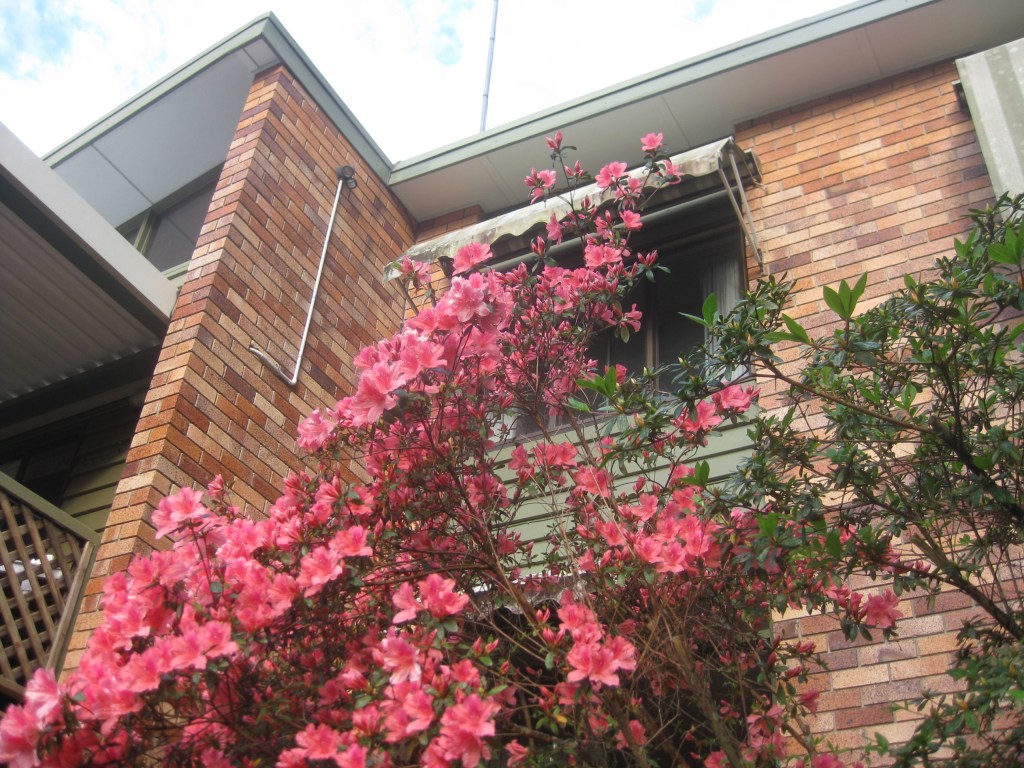
There won’t be many more of these Queensland hardwood houses built.
Perhaps we should all plant eucalypts in our back yards. In a hundred years’ time, they’ll be worth their enormous weight in gold.

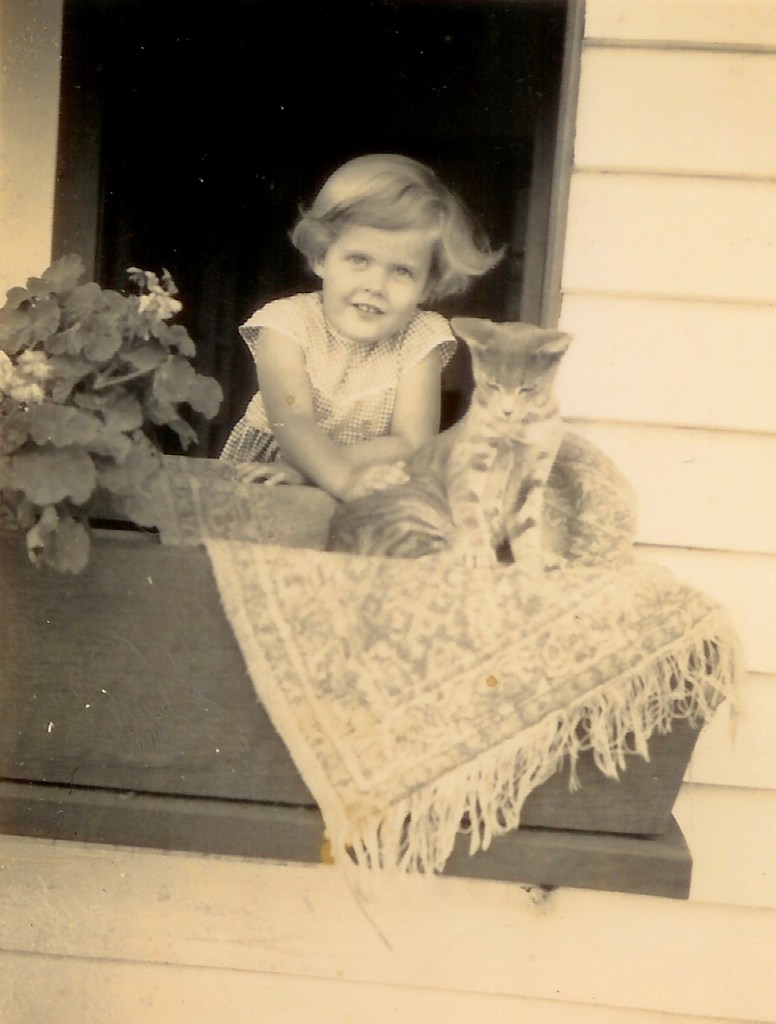
Lovely, Bud, almost brought tears to my eyes – well, actually did. Ian
On Sun, Oct 25, 2020 at 5:58 PM Queensland Stories wrote:
> roseobrienwriter posted: ” My first weatherboard, Nambour I was born in a > weatherboard house. Well, not actually in the house. I was born in the > hospital down the road. The doctor who’d delivered me dropped in on Dad on > his way home. They were old army comrades, so the do” >
LikeLike
Pleased you enjoyed it, Ian. You’d have lived in plenty of weatherboard/timber houses, too, I’m sure. There’s something special about a timber house.
LikeLike
That´s lovely that you found all the houses again. Beatiful story, really enjoyed it.
LikeLiked by 1 person
I’m pleased you liked it. I could have included many more photos, including all the timber houses my children have lived in!
LikeLike
So many happy memories in this story – a beautiful recollection. I’ve lived in several weatherboard homes too and when we built our own home, we included weatherboards in the construction. They add so much character. Your mum’s little house at Landsborough is gorgeous.
LikeLiked by 1 person
I can see that I’m not the only one who wanders about this country photographing buildings of character. Thanks for a great post and I’m so grateful that people now see the value in the weatherboard homes of old. For awhile there I thought we might lose those old Queenslanders forever.
LikeLiked by 1 person
Indeed. There are plenty of them around still, tucked away in back streets.
LikeLiked by 1 person
Great photos, wonderful post! You brought back memories for me. As a teenager I recall hearing the term ‘brick and champherboard’ when we moved into our new house. A glamorous term but basically ‘chamferboard is a form of weatherboarding which in turn is the cladding of a house consisting of long thin timber boards that overlap one another’ and they are still in good condition 50 years later.
LikeLiked by 1 person
Thanks Rose for another great post. You have certainly found many wonderful weatherboard buildings in your travels. The closest I have come to living in one was when I stayed at my Aunt’s house tucked into the hill at Collaroy Beach, NSW. It was a wonderful break from being locked up at Boarding School. Happy memories.
Bobbie
LikeLiked by 1 person
That sounds lovely, Bobbie.
LikeLike